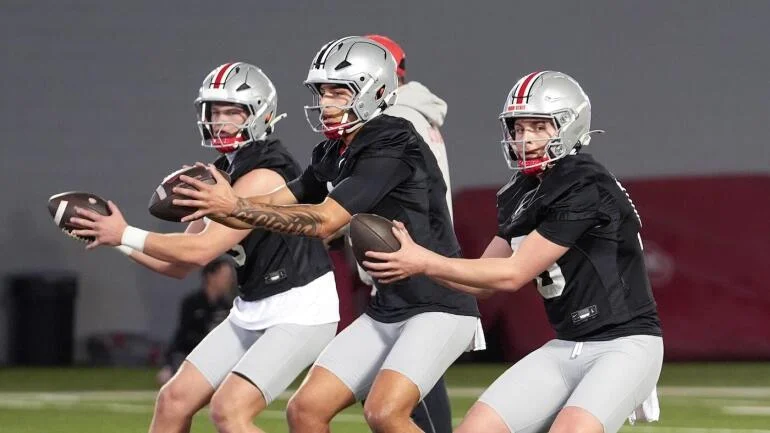Ohio State University’s athletics department has reported a significant budget shortfall, with a deficit nearing $38 million for the fiscal year 2024. This marks a notable financial challenge for one of the largest and most successful athletic programs in the country, raising concerns about the sustainability of its operations in the coming years.
A Challenging Year for Ohio State Athletics
The $38 million deficit is the result of a combination of factors, many of which were exacerbated by ongoing economic pressures, including inflation and shifting trends in the sports industry. The university has cited declining revenues from key areas such as ticket sales, sponsorship deals, and media rights deals, all of which have been impacted by a variety of external pressures.
In addition, rising operational costs, including expenses tied to travel, facilities maintenance, and personnel, have contributed to the growing budget gap. The situation is also linked to the continuing effects of the COVID-19 pandemic, which had already disrupted athletics revenue streams in previous years and continues to create lingering economic fallout.
Record-Breaking Expenses
Ohio State’s athletic department is home to a wide array of sports, including its nationally renowned football program, which traditionally generates the bulk of revenue for the department. However, even these high-profile programs have not been immune to financial strain. Increased competition and the changing landscape of college athletics—such as NIL (Name, Image, and Likeness) deals, which are placing new financial demands on universities—have created added complexity for schools like Ohio State that rely heavily on their athletics departments for revenue.
Ohio State’s athletic director, Gene Smith, acknowledged that the deficit was a result of “unprecedented fiscal challenges” facing the department. The university has emphasized its commitment to balancing the books without compromising the quality of the student-athlete experience or the integrity of its athletic programs.
Addressing the Deficit
To manage the financial shortfall, Ohio State is exploring a variety of solutions. The university is already taking steps to reduce costs through budgetary adjustments and operational streamlining. This includes evaluating non-revenue generating sports and looking at opportunities to increase sponsorship revenue. Ohio State is also working closely with key stakeholders, including donors and alumni, to generate additional funding through private donations and fundraising initiatives.
One option under consideration is the potential for a reduction in the size of certain sports programs that may not be as financially self-sustaining as others. However, Ohio State has stressed that any such changes would be made with careful thought and consultation with the broader university community to ensure that the values of the institution are upheld.
The Future of College Athletics
This development at Ohio State is part of a broader trend seen across the college athletics landscape, where programs—particularly those not affiliated with Power 5 conferences—are increasingly grappling with financial struggles. While high-profile programs like Ohio State, Alabama, and Michigan often have the resources to weather financial storms, smaller and less profitable athletic departments are being hit harder.
The financial situation at Ohio State could potentially signal larger challenges facing the NCAA, as schools navigate the complexities of modern college sports. The reliance on football and basketball revenue, combined with fluctuating TV deals, NIL concerns, and rising operational costs, has forced many institutions to reassess how they approach athletics funding.
Looking Ahead
Ohio State University is no stranger to navigating challenges, and with its strong alumni network and national prominence in college sports, the school is likely to find a way to recover from this financial hurdle. However, the situation underscores the growing need for more sustainable financial models in college athletics.
As the university moves forward, it will continue to work toward ensuring that its student-athletes receive the resources and support they need, while balancing fiscal responsibility. How Ohio State and other universities handle these challenges in the coming years may ultimately reshape the future of college sports and the way athletic departments manage their budgets.
For now, Ohio State remains optimistic that it will emerge from this difficult year stronger and more resilient, continuing its commitment to excellence in both academics and athletics.



